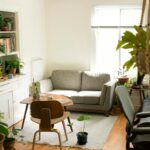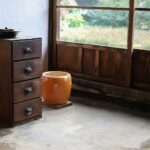Table of Contents
Looking around your home, you probably have everything you need to get organized right now.
The secret to a tidy home isn’t fancy storage or expensive containers. It’s about seeing the organizing potential in common items you already own.
Here are 10 regular household items that can transform your messy spaces into something amazing.
1. Mason Jars
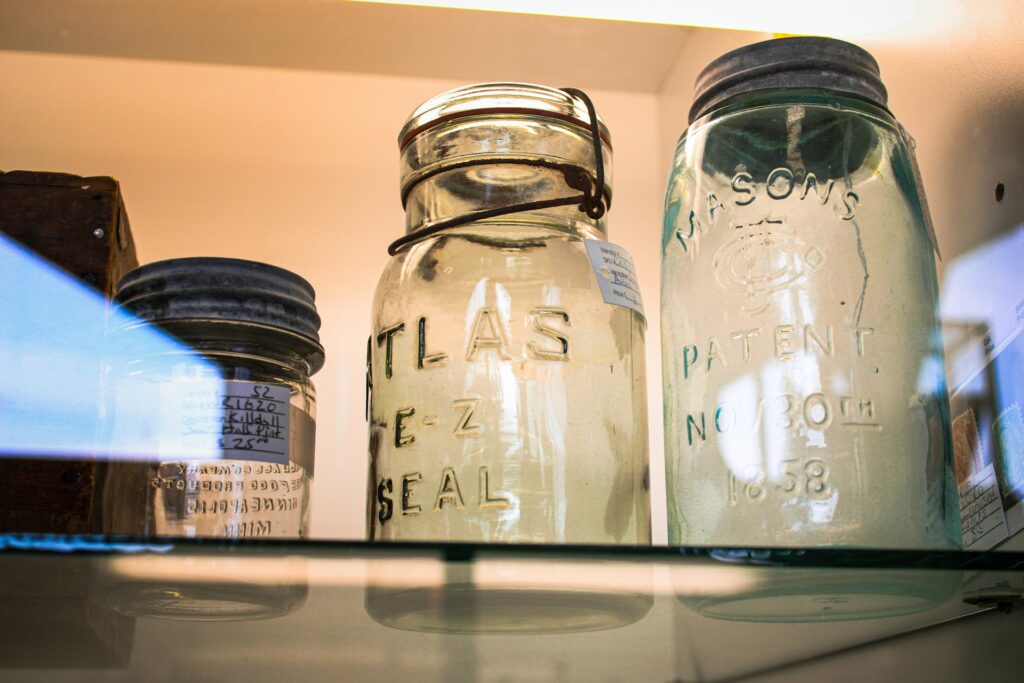
Those glass jars sitting in your kitchen can do so much more than store jam. Use them to organize bathroom supplies like cotton balls, Q-tips, and hair ties.
In your office, they’re perfect for keeping pens, pencils, and paper clips within easy reach. The clear glass lets you see what’s inside, and the wide mouths make it easy to grab what you need.
2. Tension Rods
Tension rods are cheap and incredibly useful. Install one under your kitchen sink to hang spray bottles and cleaning supplies. This frees up the bottom of the cabinet for other items.
Use them between shelves to create extra hanging space for scarves or belts in your closet. They work great in deep drawers too, keeping files and folders neatly upright.
3. Ice Cube Trays
Old ice cube trays are organizing gold mines for small items. Put them in your desk drawer to sort paper clips, thumbtacks, and rubber bands. In your jewelry box, they keep earrings and rings from getting tangled.
They even work great in kids’ rooms for sorting tiny toy pieces or craft supplies like beads and buttons.
4. Shower Curtain Rings
These little rings can solve so many storage problems. Clip them onto a hanger to hold scarves, belts, or ties in your closet.
Use them on a rod to hang cleaning gloves and dust rags in the laundry room. They’re also perfect for keeping gift wrap rolls tidy and accessible in a closet or under a bed.
5. Magazine Holders
Turn magazine holders on their side in your kitchen cabinets to store cutting boards, baking sheets, and pot lids.
In the freezer, they keep frozen vegetables and bags of food neatly arranged. Under the bathroom sink, they’re perfect for storing hair tools and extra toilet paper rolls.
6. Over-the-Door Shoe Organizers
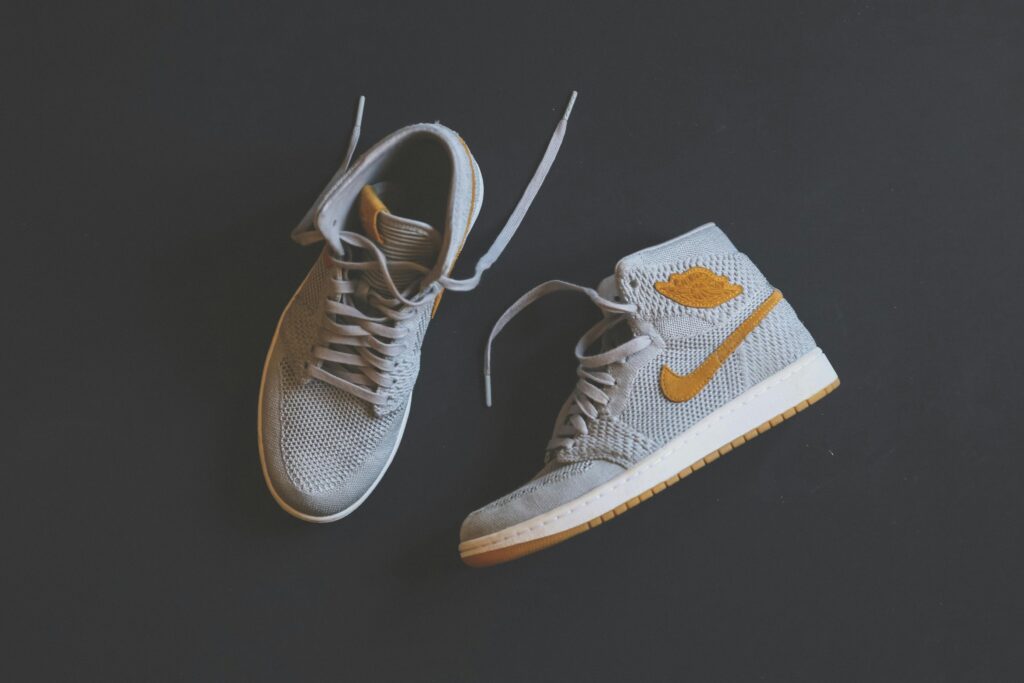
These pocket organizers work everywhere in your home.
In the pantry, use them to store snacks, spice packets, and small canned goods. In the garage, they keep gardening tools and car cleaning supplies organized.
For kids’ rooms, they’re perfect for storing small toys, art supplies, and even socks and underwear.
7. Binder Clips
These office staples are organizing powerhouses. Use them to keep computer and phone cords from falling behind your desk. In the kitchen, they can seal bags of chips and other snacks.
They’re also great for organizing cables in your entertainment center or keeping headphone cords tangle-free.
8. Wine Racks
An unused wine rack can organize all sorts of things. Roll up towels and stack them in the slots for a spa-like bathroom display. In the mudroom, use it to store rolled-up winter scarves and gloves.
It even works well in the garage for storing rolls of string, twine, or extension cords.
9. Empty Paper Towel Rolls
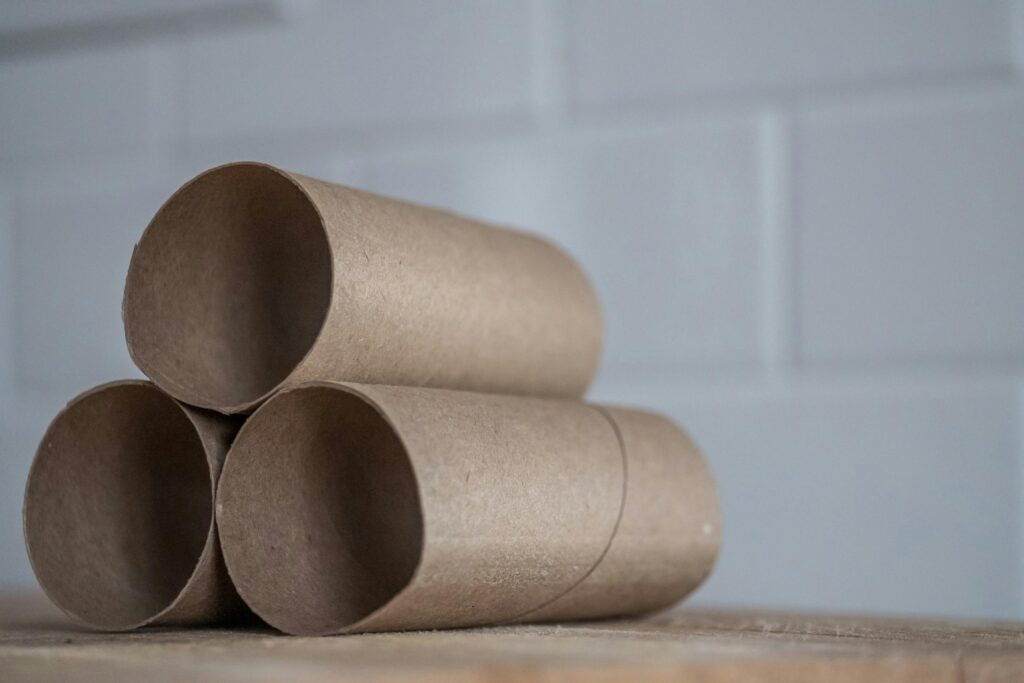
These cardboard tubes are perfect for organizing cables and cords. Label each tube and store power adapters, USB cables, and other electronic accessories inside.
In your wrapping paper station, use them to store ribbon spools. They also work great for keeping plastic grocery bags neat and accessible.
10. Drawer Organizers
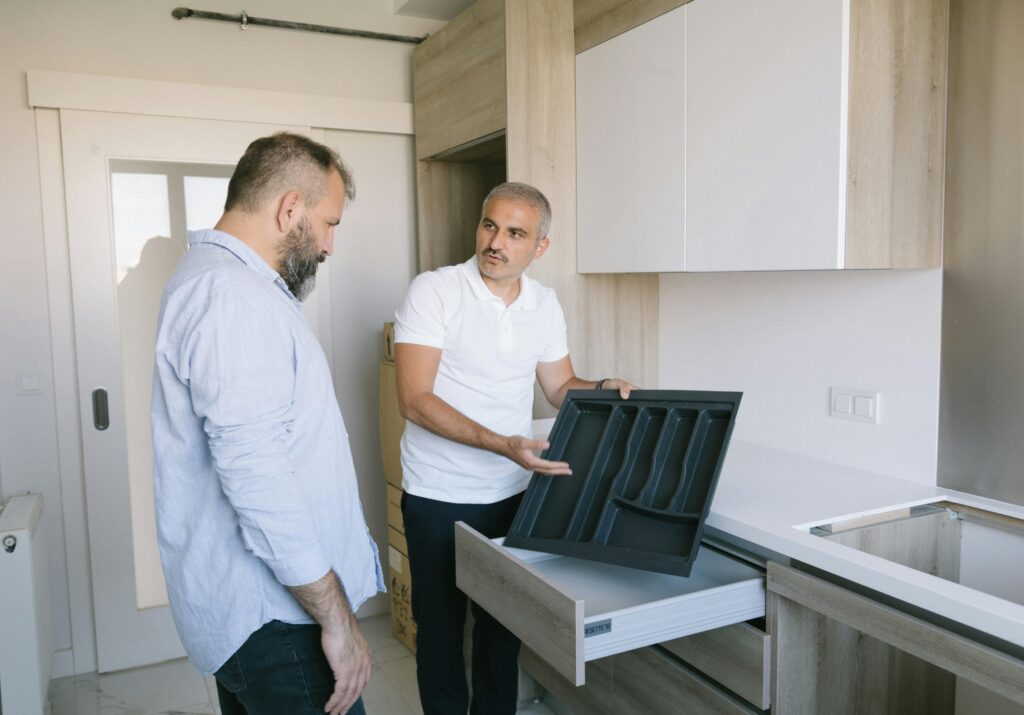
Those plastic silverware trays can organize so many things. In the bathroom, use them for makeup and hair accessories. In the garage, they’re perfect for sorting nails, screws, and other small tools.
They even work well in junk drawers to keep batteries, matches, and other odds and ends sorted.
Tips for Effective Organizing
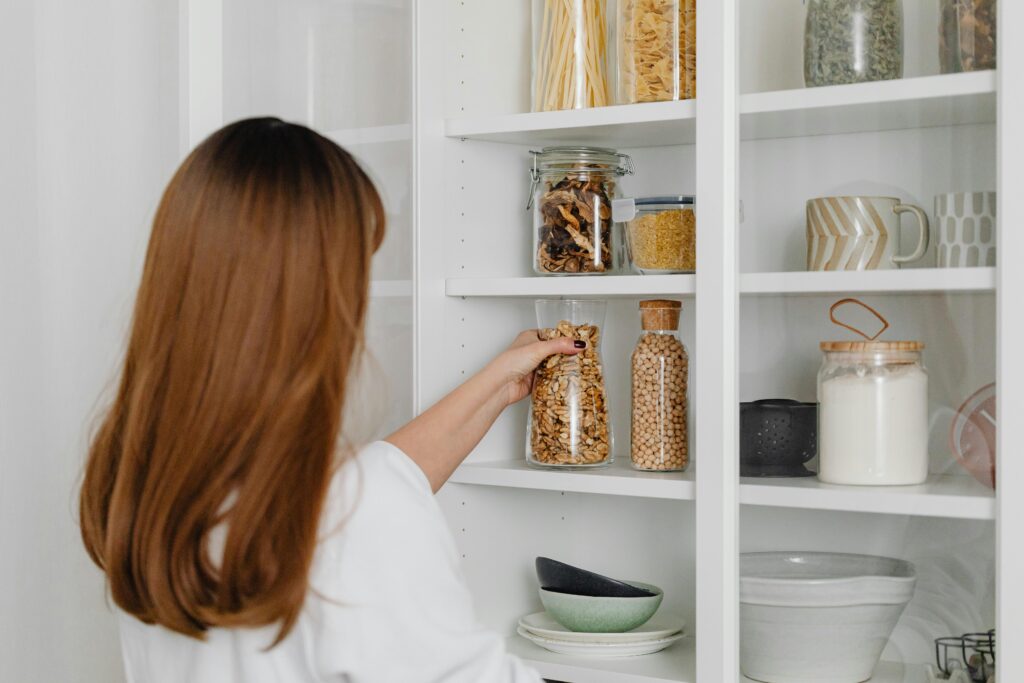
Before starting your organizing project, here are some essential tips to help you benefit from these everyday items.
Tip 1: Start With a Plan
Start small and tackle one area at a time. This helps prevent feeling overwhelmed and lets you see quick results.
Pick a single drawer or small corner, to begin with, then expand your organizing efforts as you build momentum.
Tip 2: Measure Before You Start
Always measure your spaces and items before setting up any organizing system. Nothing’s more frustrating than finding out your creative storage solution doesn’t fit where you planned to put it.
Keep a tape measure handy, and write down the dimensions of your spaces and the items you plan to use.
Tip 3: Clean Everything Thoroughly
Give all items a good cleaning before repurposing them. Wash containers with warm, soapy water and let them dry completely.
This is especially important for items that will store papers, electronics, or fabric items. For plastic items, a mixture of vinegar and water can help remove any lingering odors.
Tip 4: Label Everything Clearly
Create clear labels for all your storage solutions. This helps everyone in the house know where things belong and makes it easier to maintain the system.
Use a consistent labeling style throughout your home to keep things looking neat and organized.
Tip 5: Test Before Committing
Before filling your repurposed items with your belongings, test the setup for a few days. Make sure the location works, the items are easily accessible, and the system makes sense for your daily routines.
This trial period can save you time and prevent the need for multiple reorganizations.
Tip 6: Consider Weight Limits
Be mindful of how much weight your repurposed items can handle. Mason jars work great for light items but may be too heavy when filled with metal objects.
Similarly, tension rods have specific weight limits that you need to respect for safe storage.
Smart Storage for Every Space
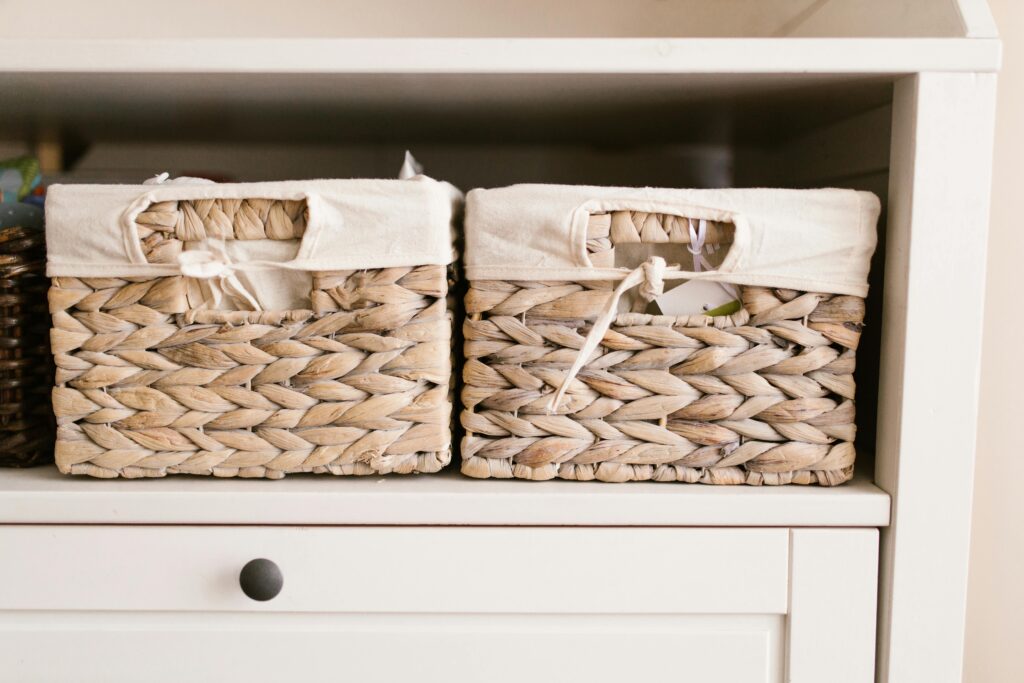
The best part about using everyday items for organization is that you can always change things if a system isn’t working.
These solutions are flexible and almost free, so you can try different arrangements until you find what works best for your space and needs.
Your home probably has dozens of items right now that could become amazing organizing tools. Look around with fresh eyes, and you’ll start seeing possibilities everywhere.
Remember, good organization doesn’t have to cost much. It just takes a little creativity and the willingness to try something new.
Making Organization Work
The key to keeping your home organized isn’t buying more storage items. It’s about using what you have in smart ways.
These everyday items prove that you don’t need expensive items to create an organized home.
Take a look around your house today. You may already own everything you need to transform your space into an organized haven.

Hi, I’m Christian, a 43-year-old father of two and a lifelong DIY enthusiast. My workshop is where I spend countless hours experimenting, upgrading, and fine-tuning. Sharing my experiences and practical advice is my way of helping others create homes they love.



